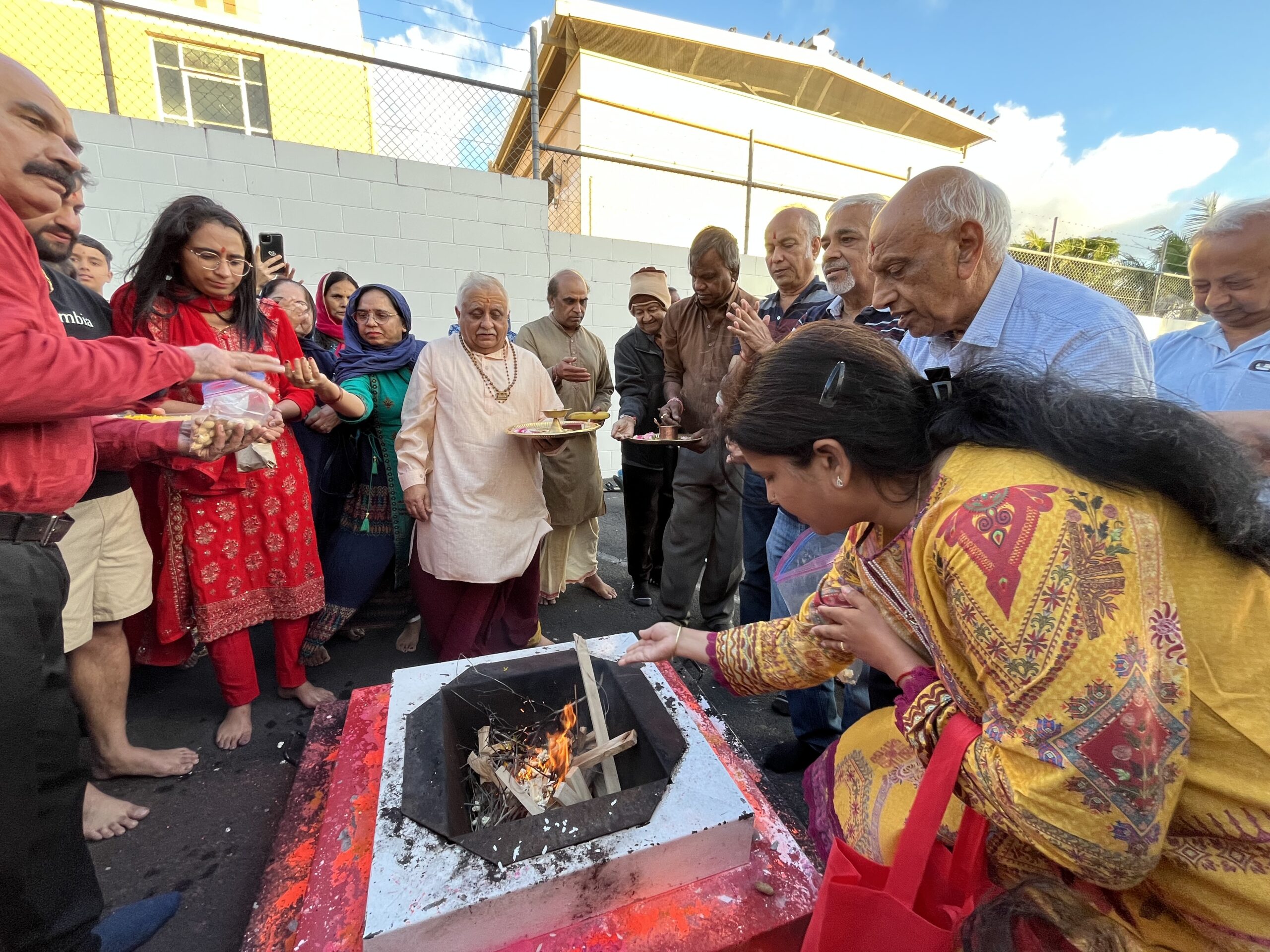The Indian community worldwide came together on the 13th and 14th of January to celebrate two vibrant festivals, Lohri and Makar Sankranti, with great enthusiasm and unity. These festivals, deeply rooted in Hindu tradition, symbolize gratitude for nature’s bounty, the warmth of human connection, and the hope of brighter days ahead.
Lohri, celebrated predominantly in northern India, marks the end of winter and the onset of longer days as the sun begins its northward journey. In Punjab, the festival is particularly significant, symbolizing a time to thank the Almighty for a good harvest. The evening of January 13th saw families and friends gathering around large, crackling bonfires.
In traditional Punjabi households, the celebrations kicked off with the sound of dhols (traditional drums), as people dressed in vibrant ethnic attire performed bhangra and gidda (folk dances). The air was filled with the aroma of roasted peanuts, popcorn, and rewri (a sesame seed candy), which are offered to the flames as a mark of gratitude to the divine.
This year, the Indian diaspora in New Zealand, the United States, Canada, and other countries came together to relive this cherished tradition. Parks, community halls, and open grounds became venues for festivities. Children learned about the cultural significance of Lohri through storytelling and folk songs like “Sundar Mundariye,” a timeless classic sung in praise of the harvest. Like every year, this year also, the oldest Hindu temple in New Zealand, Bharatiya Mandir celebrated Lohri with lot of fun and flair amid recitation of Vedic hymns by the Mandir priest and devotees going around the bonfire in circle singing and dancing.
The following day, January 14th, brought the celebration of Makar Sankranti, a festival that is unique in its pan-Indian observance. While the name and rituals may differ across states—Pongal in Tamil Nadu, Uttarayan in Gujarat, Magh Bihu in Assam, and Khichdi Parv in Uttar Pradesh—the underlying theme remains the same: expressing gratitude for the harvest and celebrating the transition of the sun into the Capricorn zodiac sign (Makara Rashi).
In Indian homes, the day begins with special prayers and offerings. Families prepared traditional dishes such as til-gud laddoos (sesame and jaggery sweets), puran poli, and pongal (a rice and lentil dish cooked in milk and jaggery), symbolizing unity and sweetness in relationships.
One of the most striking aspects of Makar Sankranti is the tradition of kite flying, particularly in Gujarat and Rajasthan. Across New Zealand and other parts of the world, open skies were dotted with colourful kites as people of all ages competed to soar the highest. The sheer joy of holding a string, maneuvering a kite, and shouting “Kai Po Che!” (a victorious cry in Gujarat) brought communities closer.
While Lohri and Makar Sankranti are deeply rooted in Hindu tradition, the celebrations transcended religious and cultural boundaries. Non-Indian friends and neighbours join in, enjoying the lively atmosphere, delicious food, and warm hospitality of the Indian community. Events organized by many cultural associations, showcase the rich diversity within Indian culture, offering performances of folk dances, songs, and skits that highlighted the significance of these festivals.
In today’s fast-paced world, festivals like Lohri and Makar Sankranti serve as a reminder of the importance of staying connected to one’s roots. For the Indian diaspora, these celebrations provide an opportunity to pass down cultural values and traditions to the younger generation, ensuring that they remain vibrant and alive even far from home.
As the bonfires of Lohri burn brightly and the kites of Makar Sankranti soar high, these festivals inspire a spirit of gratitude, community, and hope. They bring people together, reminding us that despite geographical distances, the warmth of tradition keeps hearts connected. -TIN Bureau



